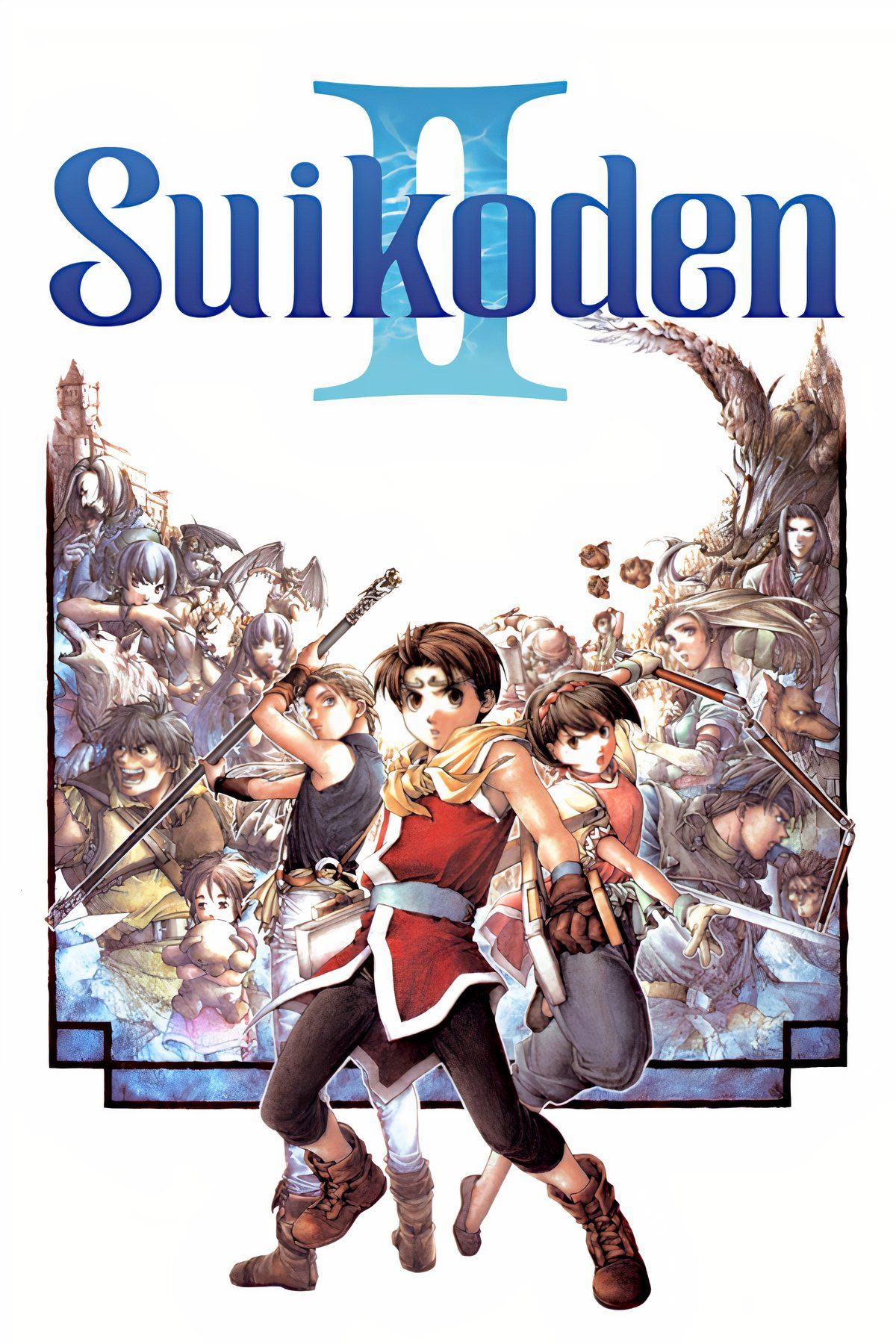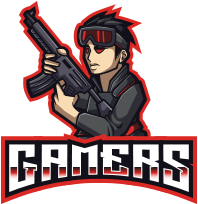Summary
- Some PS1 RPGs require patience to get to the best parts, like Rhapsody’s musical cutscenes.
- RPGs like Legend of Dragoon and Xenogears have slow starts but offer unique mechanics.
- Suikoden 2 improves on its predecessor with a tight combat system, but still requires time to recruit party members.
The PS1 generation provided RPG fans with a plethora of games to play. It even created some new RPG fans with the release of big hits like Final Fantasy 7. While the console has a ton of great RPGs, that doesn’t mean they all started with a bang. Some of the better ones require some patience.
Perhaps there is a lot of story upfront, or maybe some of the best mechanics are hidden deep into the game’s core. Whatever the case may be, players should strive through the slow bits to get to the meat of these mighty PS1 RPGs. They will be included based on how well everything ramps up and the overall quality of the game. Although not ranked, the RPGs should improve progressively.
Rhapsody: A Musical Adventure
A Literal Musical RPG
- Developer: NIS
- Publisher: Atlus
- Released: July 30, 2000 (NA PS1 Version)
- Platforms: DS, PC PS1, PS5, Switch
Rhapsody: A Musical Adventure is an obscure late-era PS1 title that is part turn-based RPG, part musical. Most of the major cutscenes feature fully voiced songs akin to a Disney musical, except with more limited animation. This is not a long game, but it still takes a while for the vibes to fully sink in, from recruiting new party members to getting to some of the better songs. It’s part of a trilogy of games that took a long time to get localized, but if this game sounds intriguing, then fans may also want to check out Rhapsody: Marl Kingdom Chronicles.
Jade Cocoon
Ghibli’s Forest Pokemon

Jade Cocoon

- Released
-
December 3, 1998
- ESRB
-
t
- Engine
-
unreal engine
Ghibli fans may think Ni no Kuni: Wrath of the White Witch was the first major RPG that the anime studio lent their talent to, but years before that, there was Jade Cocoon. Set in an ancient society, players will venture on a quest to tame monsters for combat. It has a premise similar to a cross between Pokemon and Megami Tensei games, but with a slower build. It takes a while to get some of the cooler monsters to join the party, and the world doesn’t fully open up until a few dungeons are complete, but once it does, it’s a blast to play.
The Legend Of Dragoon
Get To The Dragons
The Legend of Dragoon was a one-off that Sony helped publish and design for the PS1. It has a typical turn-based RPG system, except that players can time their attacks to do extra damage, akin to the Mario RPG games.
As the name suggests, dragons play a big role in the game, but getting to them takes a long time. Also, Dart, the hero, takes a while to get the party together, meaning that many of the early dungeons are tricky with just one or two characters.
Dragon Warrior 7
Late To The Party
Dragon Quest 7 was localized as Dragon Warrior 7 in the West, but both games are nearly identical. It was a late release for the PS1 and sports graphics marginally better than a SNES game. Graphics aren’t everything, though. There are neat things about this adventure, like the class system, Vocations, and the time-traveling aspect. Players will get their party together quickly, which is good, but they won’t have access to Vocations until they are hours deep. Plus, the first few puzzles make exploration a chore, which was fixed in the 3DS remake, which is the better way to experience this game.
Persona 2: Eternal Punishment
All Persona Games Are A Slow Burn
Persona 2: Innocent Sin is the first game in this duology, but only its sequel, Persona 2: Eternal Punishment, was made available in North America. There is a continuation in the narrative too, featuring returning characters like Maya, who was playable in the first game but is now the main character. This alone made it challenging to get into when the game was first released on the PS1, but Persona fans know that most games require patience for the first few hours anyway. Once the Persona system is better understood and the story kicks into high gear, players will enjoy this classic more.
Xenogears
Get To The Mechs Already
Xenogears tried to do a lot, which made the pacing a bit uneven. The battle system should hook players in quickly, as it’s a mashup between a classic turn-based RPG and a fighting game’s combo system. However, the narrative is not immediately compelling as there are a lot of terms and characters to memorize, and this doesn’t get easier with all the religious influences. The coolest part of the game is the mechs, which do not unlock as fast as they should. But once they do, players are in for a treat.
Front Mission 3
A Linear Challenge
Front Mission 3 does give players mechs quickly, Wanzers, but it still has some similar issues to Xenogears. The trouble initially is the challenge level, as players only have three characters while enemies always outnumber them on the tactical RPG maps. Strict strategies and a lot of luck are needed to get through these early maps. Also, the big hook of Front Mission games is mech customization, and it takes just as long to get new parts as it does to get a new party member. The grind is worth it, even though Front Mission 3 has one of the hardest openings.
Suikoden 2
Building A Resistance

Suikoden II


- Released
-
September 29, 1999
- ESRB
-
M For Mature 17+ Due To Mild Violence, Suggestive Themes
Suikoden 2 is a better game compared to its predecessor in almost every way. The story is more intriguing, the combat is tighter, and the sprite work is just a tad cleaner. Unfortunately, it still takes time to get to the core of the Suikoden series: finding hundreds of party members. Players are building a resistance to fight back against an evil empire, and they have to build a base and fill it with party members to man things like shops. It’s not an easy task, but it is rewarding.
#PS1 #RPGs #Play

